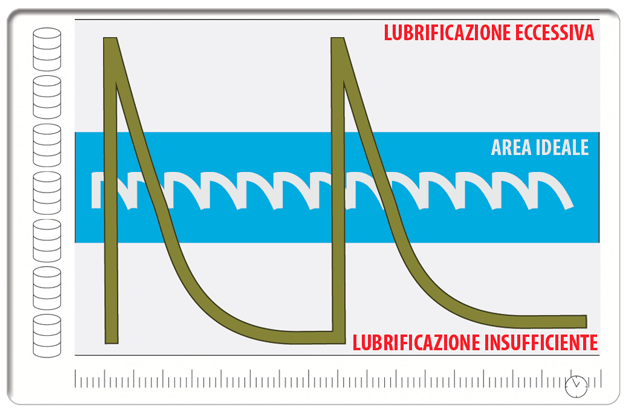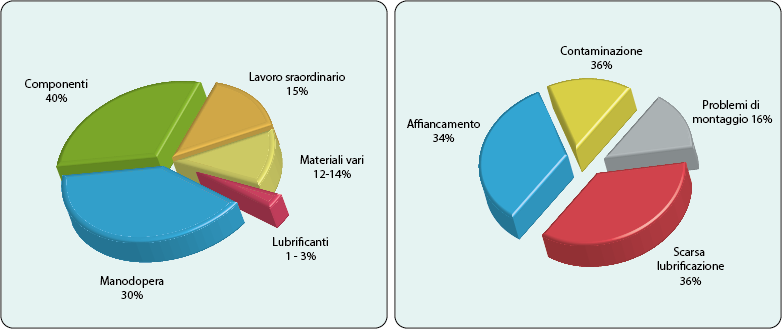Types of companies that can benefit from centralised lubrication and automatic greasing systems
In every sector and field of application, clients ask us to eliminate the risk of downtime, reduce the wear of components, minimise labour costs associated with maintenance, prevent and eliminate risks linked to non-automatic lubrication systems, reduce wastage due to approximate dosing. Our centralised lubrication systems and automatic greasing systems are designed to improve productivity and reduce costs.
Paper mills
Ports and Shipyards
Cement plants
Mechanics
Purification plants
Foundries
Petrochemical Industry and Tanneries
Waste disposal
Energy
Most common lubrication solutions: Centralised lubrication systems and automatic greasing systems. Turbines and all applications of movement, bearings, even in the latest photovoltaic and wind power systems where there are axes and rotations.
Food
Construction of lifts and augers
Most common lubrication solutions: Centralised grease lubrication systems. Grease is no doubt the most fitting solution for mechanical components in this type of equipment.
Construction of brick and marble working machinery
Most common lubrication solutions: Automatic and centralised grease lubrication systems. These are lubrication and greasing systems for all material moving equipment, packaging and storage equipment; water is frequently used in the marble working sector (sawing, cutting, milling, drilling, etc.), thus making centralised grease lubrication systems and automatic greasing systems ideal in this case also.
IN THE ABSENCE OF CENTRALISED LUBRICATION SYSTEMS, THE MANUAL DISTRIBUTION OF GREASE GENERATES IMBALANCES AND WASTE.
When greasing is carried out by maintenance staff, the quantity of grease exceeds real needs and causes parts to overheat. At the same time, before lubrication can be repeated, there is a lapse of time during which the parts operate with scarce lubrication.
In centralised lubrication systems and automatic greasing systems on the other hand, the distribution of grease is optimised and dosed in the correct quantities. This eliminates the need for manual intervention which alternates between periods of over-dosage (when the grease is inserted) and under-dosage (the second time phase, when the grease is progressively consumed until falling below the minimum limit).
Company maintenance costs
An automatic centralised lubrication system reduces the risk of premature bearing failure
84% of breakages and bearing failure are due to scarce lubrication, contaminated grease, heat fatigue. Centralised lubrication and automatic greasing systems allow a drastic reduction in these types of problems.


 Italiano
Italiano  English
English  Francais
Francais  Español
Español  Deutsch
Deutsch 

